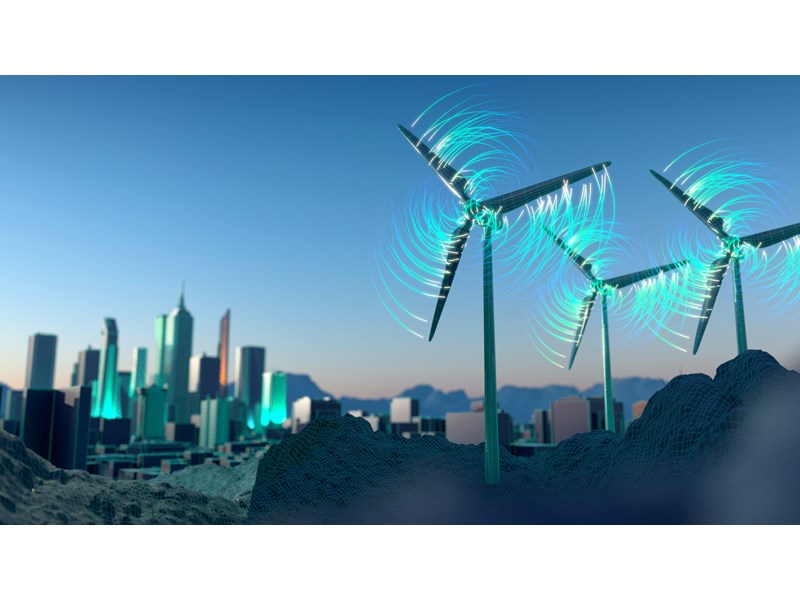COP26: Why base metals should be high on the agenda
The energy transition can’t happen without them, but meeting demand could be mission impossible
1 minute read
It may be an inconvenient truth, but the energy transition depends on sufficient reserves of mined commodities being developed, extracted and processed into refined products. For that reason alone, base metals should be high on the COP26 agenda.
This week’s COP26 briefing explores the challenge of scaling up base metal supply to meet the massive increase in demand an accelerated energy transition would create. Fill in the form to read the report, or read on for a quick overview.
Why are base metals so important?
Achieving global net zero is inextricably linked to increased base metal supply. Simply put, base metals are essential to the technology that will be used in the generation, transmission, storage and consumption of low-carbon electrical energy.
How much more base metal supply is needed?
A lot: to hit the 1.5° C or lower ‘stretch’ target set out in the Paris Agreement (our Accelerated Energy Transition (AET-1.5) scenario) a five-fold increase in base metal supply would be needed, requiring an investment of US$2 trillion. Even our base case 2.5° C energy transition outlook (ETO) sees demand around two and a half times higher than it is now.
How much will it cost to make that happen?
To meet even the increase in demand under our base-case 2.5° C energy transition outlook (ETO) with primary supply, the industry will need to invest about US$0.5 trillion over the next 20 years. To keep global warming below 1.5° C capex would need to be quadruple that.
Is there any other way to meet demand?
Maximising scrap recovery and use could significantly reduce the need to increase primary supply. Apart from requiring much lower capex, this would be far more carbon efficient. But if scrap recovery and use isn’t maximised then base metals’ greenhouse gas emissions, which currently account for around 3% of the global total, will rise significantly as demand grows.
What’s inside our weekly COP26 briefing?
Our report on the outlook for base metals is the tenth of a series of weekly briefings in the run up to the start of the conference on 1 November. Each report includes:
- Key takeaways
- Charts and tables
- Where to find more information
- How WoodMac can help your business with issues raised
Fill in the form at the top of the page to read the full report, or scroll down to see what to expect in future editions.
What’s coming up?
13 October COP26 briefing: Electric vehicles and battery raw materials
20 October COP26 briefing: The corporate response
27 October COP26 briefing: Economics of energy
1-12 November COP26 in Glasgow






